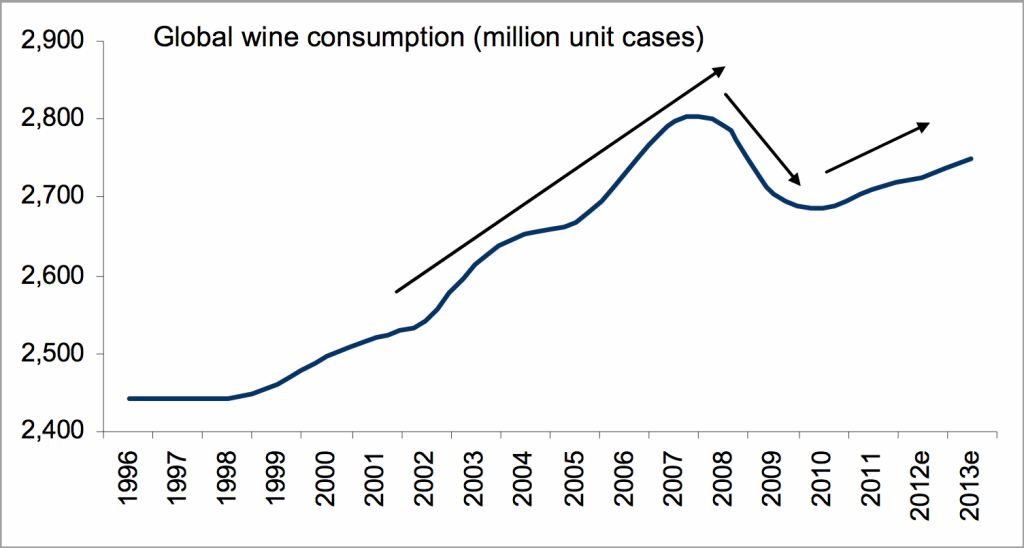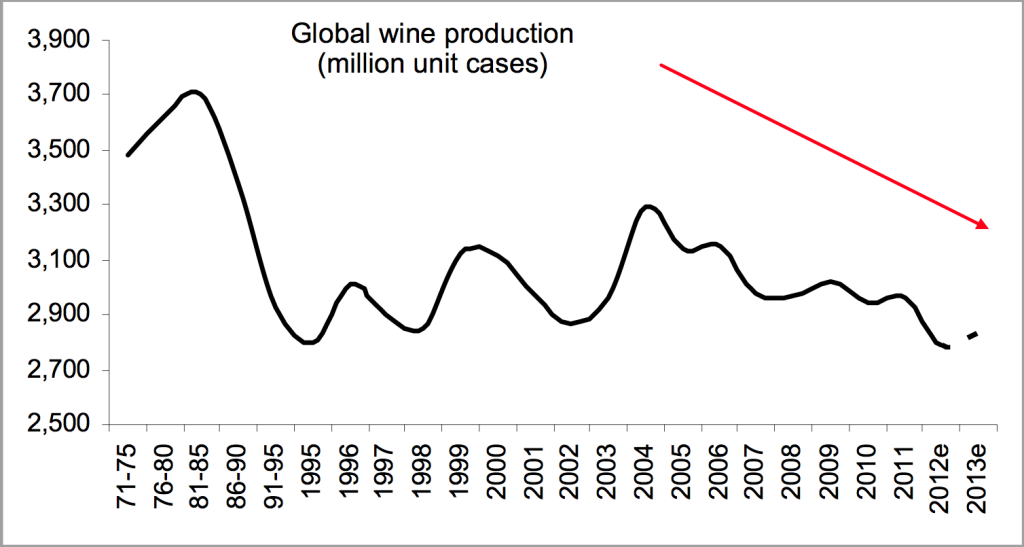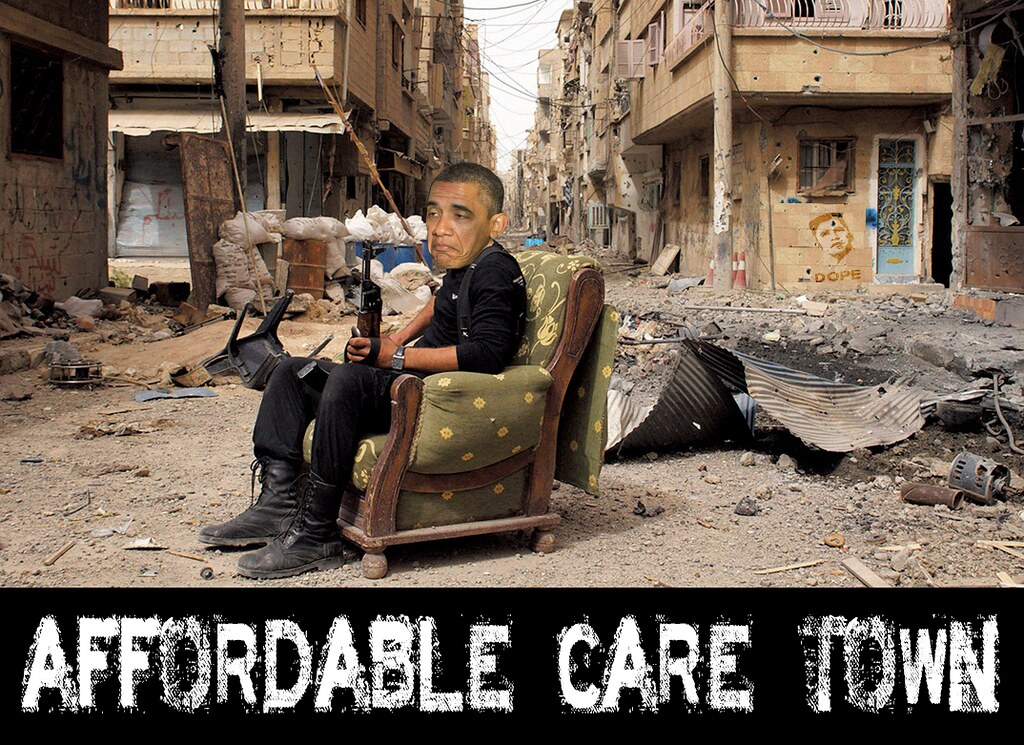China has unveiled its most sweeping reform agenda in more than 30 years, after a meeting of key Communist Party leaders in Beijing last week. The agenda aims to transition China to a more free-market consumer economy with fewer social controls. On the economic front, the plans include reducing the power of giant state-owned companies, removing a swathe of price controls, phasing out caps on interest rates and moving towards yuan convertibility. More broadly, the plans also outline loosening the one-child policy, abolishing the controversial “re-education” labor camps and introducing steps toward an independent judiciary.
Surprises include the commitment to reducing the power of state-owned enterprises (SOEs), as this wasn’t flagged prior to the meeting. The breadth of price controls to be removed – including water, oil, gas and power – is also a surprise. Though its made headlines, relaxation of the one-child policy was well flagged and actually doesn’t go as far as some would have liked. One of the most unexpected reforms is the abolition of labor camps. This was a key gripe of foreign governments as it allowed the detention of people without trial.
So what’s missing then? Well, the agenda doesn’t specifically address bank non-performing loan (NPL) issues. Though it’s pledged to introduce a property tax to curb the housing bubble, taxes have been introduced before with minimal impact. It also doesn’t address the problem of the so-called shadow banking system, which has grown to worrying proportions. And more broadly, Xi has made it clear that reform will be gradual. In fact, the reform document states that the proposed agenda must be implemented by 2020. The Chinese are nothing if not long-term thinkers!
As for the impact on markets, Asia Confidential is likely to be in the minority in suggesting that the bold reforms are bad news for markets. Short-term, the reforms are unlikely to alleviate growing concerns about China’s credit bubble. Long-term, the switch to a consumption-led economy will undoubtedly slow GDP growth, potentially more than most think (I view this as a positive as it will mean more sustainable growth but the GDP-obsessed economists won’t see it that way).
Moreover, the Chinese stock market itself is dominated by SOEs and cutting into their profits will undoubtedly hurt the market. The obvious trade in China remains to avoid regulated industries – such as financials and utilities – which will be stung by these reforms and stick with less regulated industries such as consumer staples and consumer discretionary.
Bold, broad-ranging reforms
A key meeting of Communist Party leaders wrapped up mid-week and the leaders then issued a statement which said little. The financial media and China bears had a field day bagging the meeting. Meanwhile China bulls groaned but urged patience as further announcements on reform might still be forthcoming.
Fast forward to Friday and the state news agency, Xinhua, released a 20,000 word document from the meeting. It was a bombshell as it went above and beyond the expectations of a even the most ardent China optimist.
Let’s go through the key items:
Market reform
- Accelerate yuan convertibility and interest rate reform.
- Push pricing reform for oil, gas, power, water, transportation, telecom & other sectors.
- Allow local governments to expand financing channels for construction projects, including the issuance of bonds.
- Set up free-trade zones in more areas.
- Improve treasury yield curves to reflect market supply and demand.
Property reform
- Push through legislation for a property tax and go ahead with further reforms at “an appropriate time”.
SOE reform
- 30% of profits from state assets will go toward public finances, principally social security. That’s up from 15%.
- Allow non-state involvement in government projects.
- Proactively pursue a “mixed ownership economy”.
Population reform
- Relax the one-child policy. Couples may have two children if either of the parents was an only child.
- Accelerate so-called Hukou (residentship) reform. This will allow people in rural areas easier means to move into urban areas.
- Study policies to delay the retirement age.
Political reform
- Abolish re-education labor camps.
- Place more emphasis on management of resource consumption, overcapacity, debt and the environment.
- Change policy of judging performance of officials primarily by growth rates achieved.
- Strengthen anti-corruption measures.
Legal reform
- Reduce the power of local governments over the court system and move towards an independent and fair j
udiciary.
The surprises
A number of the items were well-flagged but many weren’t. Amid the proposed market reforms, the removal of a broad-range of price controls is a surprise and welcome move. The remaining market reforms had been expected and the government has already starting implementing several of them, such as free-trade zones.
The idea of a property tax isn’t unexpected but the key will be in implementation. The fact is that the government has tried to clamp down on a property bubble with various measures for a number of years and yet the bubble has inflated during that time.
In terms of SOE reform, the increased profits going towards social security isn’t totally unexpected but is a big step nonetheless. For several years, China has shown a clear commitment to improving its social security system and this is another step in that direction. It’s a needed step given the country’s rapidly ageing population, thanks to the one-child policy.
Other reforms proposed for SOEs are somewhat vague but there is a clear commitment to reduce state involvement in the economy and correspondingly increase private sector involvement. That’s a good thing.
Relaxation of the one-child policy has already garnered international headlines. But this was well flagged for months and it’s actually not a radical reform. It’s best described as incremental. Many people would be disappointed that further loosening didn’t happen.
Hukou reform has been talked about for months. It is significant as it’s likely to increase urbanisation (people moving from country to city). That’ll drive increased consumption, an important goal of the new regime.
Studying delays to the retirement age is an interesting one. I hadn’t seen this flagged prior to the meeting, though it may have been.
As for political reforms, one of the biggest surprises is undoubtedly the proposed abolition of labor camps. These camps have been hugely controversial both within China and outside. Even China critics will be somewhat taken aback by this measure.
The remaining political reforms are all largely expected. It’s good to see that better management of debt is one of the goals. A vague statement granted, but nice to see that it’s a priority given the current credit bubble.
But the biggest surprise for mine is the proposed legal reforms. The text of the document on these reforms is more detailed than I’ve outlined here, but moves toward establishing an independent judiciary is groundbreaking. If implemented, it will have huge implications for property rights and the conduct of business affairs.
What’s missing?
Ok, the reform agenda may be bold and broad-ranging, but what doesn’t it address? Broadly, my sense is that the new government may not be taking the risks from China’s credit bubble seriously enough. I say this because the document doesn’t address the non-performing loan problem among the banks. For those new to the subject, the state-owned banks largely funded the mammoth 2009 stimulus undertaken by the government. No-one doubts many of these loans can’t be repaid but the banks aren’t recognising the bad debts on their books.
Secondly, the reform agenda does suggest a new property tax, but count me among the skeptics. China’s property bubble has been years in the making and many government measures have been utter failures. And if the new government was serious about addressing the issue, it would’ve already done so.
Finally, the document suggests implementation of reform will be gradual. I like the fact that the Chinese leadership are long-term thinkers and don’t rush into decisions, despite pressure from the financial media and investment community to do otherwise. But China’s credit problem is critical and needs immediate attention. Time is not on their side when it comes to this issue. But I’m not sure that the Chinese leaders realise this.
Asia Confidential fully understands that Xi Jinping has to consolidate his political power before he can aggressively move forward with his reform agenda. Not much of the commentariat appreciate this important point. However, the hope here is that he can consolidate power soon to accelerate reform in the near-term.
Why the reforms are bad for markets
When the reform agenda was released on Friday, China’s stock market immediately popped. The reaction was understandable given low expectations following a vague statement issued immediately post the leadership meeting.
A mix of relief and surprise at the extent of the proposed reforms may be enough to push Chinese markets higher earlier this week. But upon further analysis, the reaction may become more mixed, if not negative.
There are a few simple reasons why I think these bold reforms will be negative for markets. First, it’s obvious that this will be net-negative for the majority of China-listed companies. Investment firm, Eastspring Investments, estimates 64% of profit from the Chinese stock market comes from sectors which have benefited from regulated pricing – such as banks and utilities. These sectors will get pummeled by the proposed reforms and consequently so will profits for the majority of Chinese-listed firms. That’s bad for the local stock market.
More broadly, I don’t think this reform agenda will reduce concerns about China’s growing debt bubble. These concerns may actually grow. The bubble is a real problem which needs concrete, immediate solutions that this agenda doesn’t provide.
Long-term, if the agenda’s reforms are implemented in full, there’s a greater chance of China growing in a more sustainable manner. That’s undoubtedly a good thing for China. However, the switch to a more consumption-led economy will almost certainly mean much slower GDP growth. Over the past decade, investment growth has averaged close to 15%, while consumption growth has averaged about 9%. If you’re committed to significantly slowing investment growth, then consumption has to make up some of the difference. And it’s very unlikely too given it’s already coming from a high base. Therefore, simple maths suggests that GDP growth slowing towards 5% is highly probably over the next five years. The world may not be prepared for this type of slowdown.
This was originally published at Asia Confidential:
http://asiaconf.com/2013/11/17/chinas-reforms-bad-for-markets/







via Zero Hedge http://feedproxy.google.com/~r/zerohedge/feed/~3/665JDbE52wc/story01.htm Asia Confidential
![]()






















